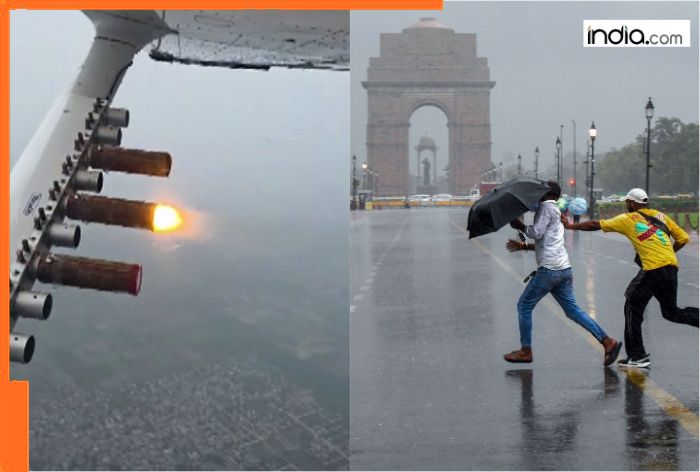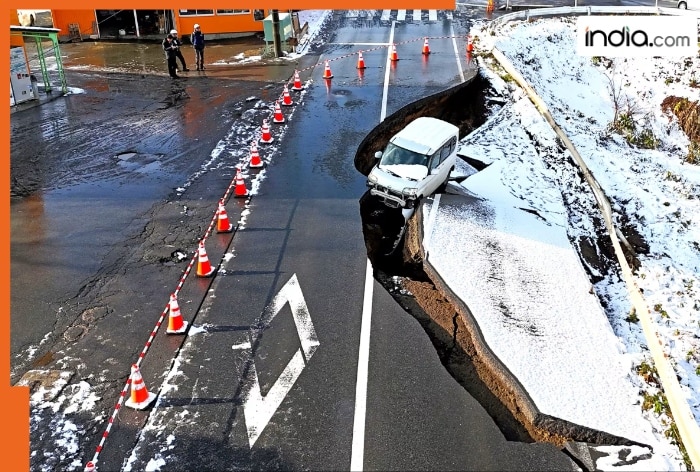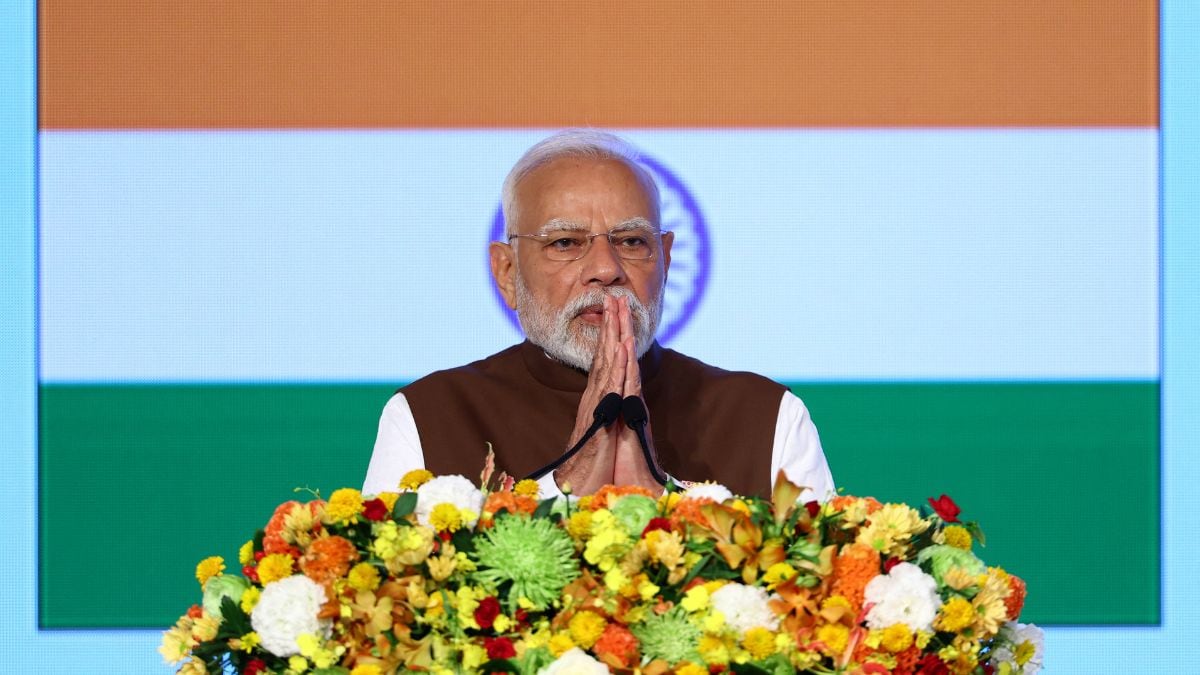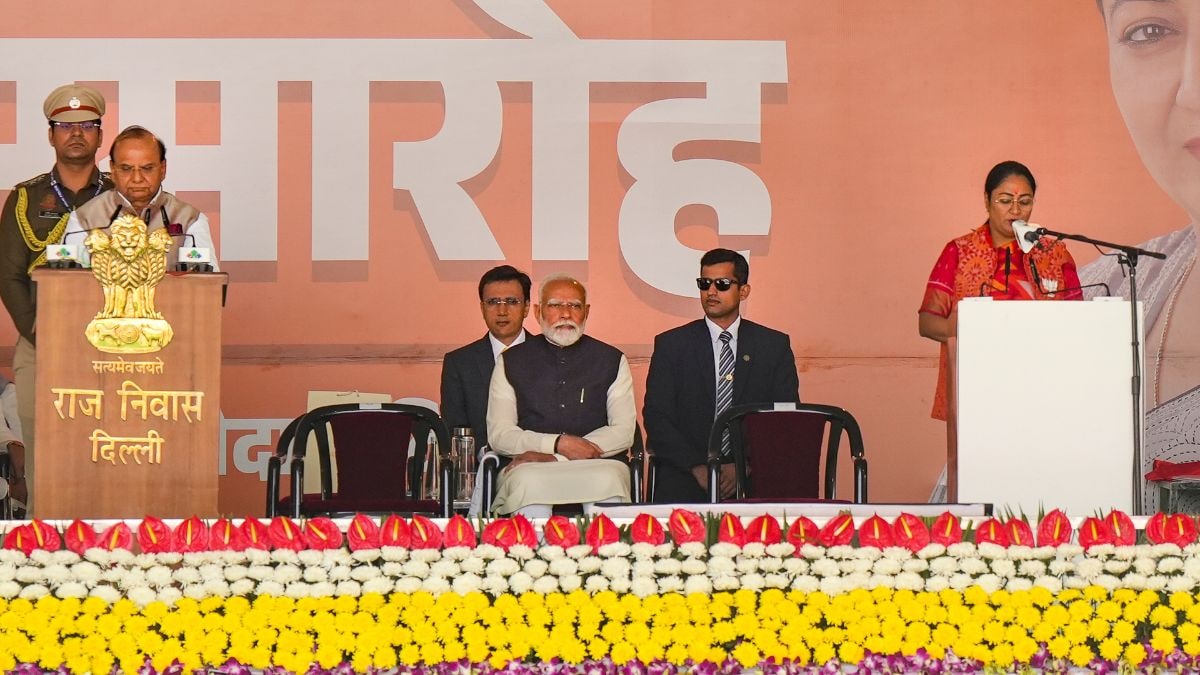Is cloud seeding harmful for humans? IIT Kanpur Director says it only involves…, didn’t work in Delhi due to…
As per IIT Kanpur Director Manindra Agrawal, whose team led the recent Delhi cloud seeding trials, while the two attempts did not lead to artificial rain, they provided valuable data and scientific insights for future operations.

Delhi cloud seeding: Delhi recently conducted cloud seeding operations on a trial basis after air quality levels plummeted to hazardous levels in the national capital post Diwali. The trials did not trigger artificial rain in Delhi as many had hoped, and also sparked rumors about the process being harmful to humans as well as the environment.
Is cloud seeding harmful for humans?
According to IIT-Kanpur Director Manindra Agrawal, there is no scientific evidence that cloud seeding causes harm to humans or the environment as the process uses miniscule quantities of chemicals to induce rain.
Talking to news agency PTI, Agrawal described cloud seeding as an “SOS measure” designed to tackle extreme pollution, and stressed that the process is not harmful for humans or animals.
Explaining the chemicals used in cloud seeding, Agrawal said the mixture sprayed into clouds mainly contains common salt and a tiny amount of silver iodide, which is harmless and poses no health hazards to biological life. “We use less than one kilogram of silver iodide over 100 square kilometres — less than 10 grams per square kilometre. That’s too little to have any harmful effect on humans, animals or vegetation,” he said.
Environmentalists have expressed concerns about the potential accumulation of silver iodide in soil and water, which could affect crops, aquatic life, and drinking water quality. However, the IIT-Kanpur director dispelled fears of an environmental or health hazard due to cloud seeding, stating that the concentrations used are negligible and do not pose ecological risks.
Why cloud seeding didn’t work in Delhi?
Asked why cloud seeding could not induce artificial rain in Delhi, Manindra Agrawal explained that the moisture content in clouds was about 10-15 percent, which is far less than the 30-50 percent moisture required for cloud seeding to work.
He said the exercise has been paused due to low moisture content in clouds, making conditions unsuitable for effective seeding.
“We need at least 30 to 50 per cent cloud moisture. Since that was not available, we decided to wait until conditions improve,” he said, adding the trials will resume once favourable weather returns.
Did Delhi cloud seeding trials fail?
As per Agrawal, whose team led the recent Delhi cloud-seeding trials, while the two attempts did not lead to artificial rain, they provided valuable data and scientific insights for future operations.
“It helps us understand the relationship between the amount of seeding material used, the moisture content of clouds, and their ground-level impact. This will help us fine-tune future operations,” he said.
Can cloud-seeding tackle pollution?
The scientist called cloud seeding an “SOS measure”, and acknowledged that it cannot be a permanent solution to air pollution.
“It is an SOS measure, something that can be used only when pollution levels are very high and suitable clouds are available. The real solution lies in reducing emissions and controlling pollution at the source,” Agrawal said.
Agrawal hailed IIT-Kanpur for indigenously developing cloud seeding technology, including the flares and seeding material, which was recently used in Delhi, adding that the institute had earlier conducted successful trials in Kanpur in 2017–18, but this is the first such experiment in the Delhi-NCR region.
Will Delhi conduct more cloud seeding trials?
Earlier, on Tuesday, two cloud-seeding trials were conducted in Delhi’s Burari, north Karol Bagh, and Mayur Vihar areas in collaboration with IIT-Kanpur, and while there was no rain, the city’s BJP government on Wednesday claimed that PM10 levels dropped significantly at locations where the operations were carried out.
According to an official statement, air quality index improve as PM10 levels reduced by as much as 41.9 percent in areas like Mayur Vihar and Burari due to the recent cloud seeding operation.
Plans are in place to conduct another round of cloud seeding is slated in the coming days, depending on the required weather and humidity conditions, officials said.
(With PTI inputs)
What's Your Reaction?





















































